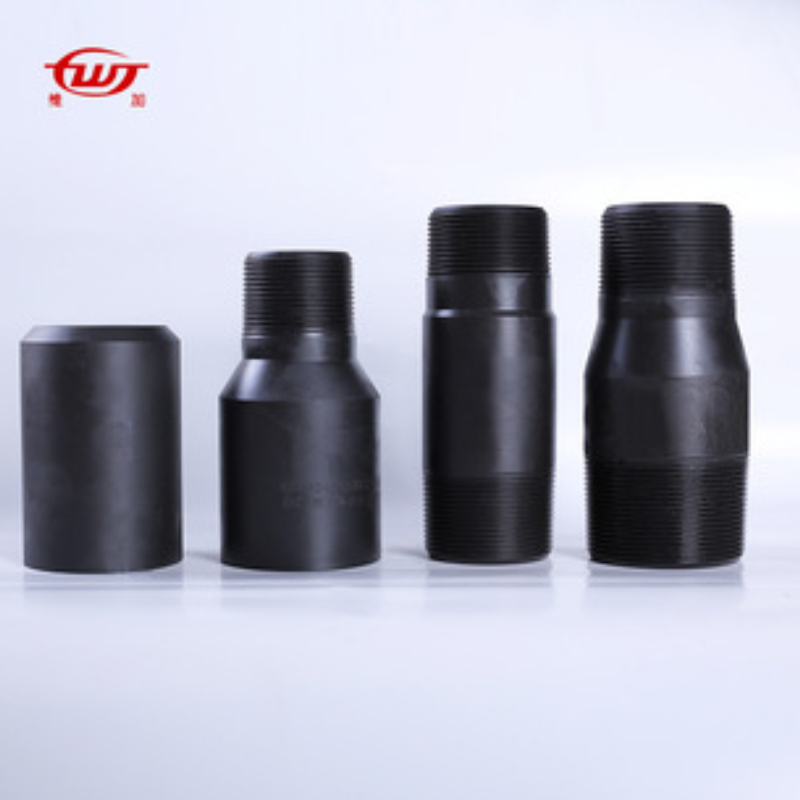- Afrikaans
- Albanian
- Amharic
- Arabic
- Armenian
- Azerbaijani
- Basque
- Belarusian
- Bengali
- Bosnian
- Bulgarian
- Catalan
- Cebuano
- Corsican
- Croatian
- Czech
- Danish
- Dutch
- English
- Esperanto
- Estonian
- Finnish
- French
- Frisian
- Galician
- Georgian
- German
- Greek
- Gujarati
- Haitian Creole
- hausa
- hawaiian
- Hebrew
- Hindi
- Miao
- Hungarian
- Icelandic
- igbo
- Indonesian
- irish
- Italian
- Japanese
- Javanese
- Kannada
- kazakh
- Khmer
- Rwandese
- Korean
- Kurdish
- Kyrgyz
- Lao
- Latin
- Latvian
- Lithuanian
- Luxembourgish
- Macedonian
- Malgashi
- Malay
- Malayalam
- Maltese
- Maori
- Marathi
- Mongolian
- Myanmar
- Nepali
- Norwegian
- Norwegian
- Occitan
- Pashto
- Persian
- Polish
- Portuguese
- Punjabi
- Romanian
- Russian
- Samoan
- Scottish Gaelic
- Serbian
- Sesotho
- Shona
- Sindhi
- Sinhala
- Slovak
- Slovenian
- Somali
- Spanish
- Sundanese
- Swahili
- Swedish
- Tagalog
- Tajik
- Tamil
- Tatar
- Telugu
- Thai
- Turkish
- Turkmen
- Ukrainian
- Urdu
- Uighur
- Uzbek
- Vietnamese
- Welsh
- Bantu
- Yiddish
- Yoruba
- Zulu
Aluminum Pipe Connectors and Accessories for Efficient Piping Solutions
Aluminum Pipe Couplings and Fittings A Comprehensive Overview
In the world of construction, plumbing, and various industrial applications, the choice of materials plays a crucial role in ensuring the durability and efficiency of the systems in place. Among the diverse range of materials available, aluminum has gained prominence due to its lightweight properties, resistance to corrosion, and overall versatility. This article explores the significance of aluminum pipe couplings and fittings, highlighting their applications, benefits, and considerations for use.
Understanding Aluminum Pipe Couplings and Fittings
Aluminum pipe couplings and fittings are essential components used to connect, terminate, or change the direction of piping systems. Couplings serve as connectors that join two pieces of pipe, while fittings such as elbows, tees, and reducers facilitate the alteration of the flow direction or the transition between different pipe sizes. The lightweight nature of aluminum allows for easy installation and portability, making it a popular choice in various industries, including aerospace, automotive, marine, and construction.
Advantages of Aluminum in Pipe Couplings and Fittings
1. Corrosion Resistance One of the standout features of aluminum is its inherent corrosion resistance. When exposed to air, aluminum forms a protective oxide layer that prevents further oxidation. This property is particularly beneficial in applications where the piping may be exposed to moisture or harsh chemicals, extending the lifespan of the components and reducing maintenance costs.
2. Lightweight Aluminum is significantly lighter than many other metals such as steel or copper. This characteristic not only simplifies transportation and installation but also reduces the overall weight of the piping system. In applications where weight is a critical factor—such as in aircraft or in maritime settings—aluminum fittings and couplings provide a strategic advantage.
3. Cost-Effectiveness While the initial cost of aluminum components can sometimes be higher compared to traditional materials, their longevity and reduced maintenance needs often lead to lower overall costs in the long run. The efficiency they bring to various industrial processes also reinforces their economic viability.
aluminum pipe couplings and fittings

4. Versatility Aluminum couplings and fittings come in various shapes, sizes, and configurations, allowing them to be used in a wide range of applications. From HVAC systems to hydraulic lines, the adaptability of aluminum ensures that these components can meet diverse operational requirements.
Applications of Aluminum Pipe Couplings and Fittings
Aluminum pipe couplings and fittings are utilized across numerous sectors. In the aerospace industry, they are integral to fuel and hydraulic systems, where weight savings are critical. In the construction sector, aluminum fittings are commonly found in plumbing systems, where their corrosion resistance enhances the durability of water supply lines. Moreover, in the automotive industry, aluminum is used for exhaust systems and other components where thermal efficiency and weight reduction are paramount.
Considerations for Use
While aluminum offers numerous advantages, there are essential considerations to keep in mind when selecting pipe couplings and fittings. The compatibility of aluminum with various fluids and environments should be assessed, particularly in chemical applications where reactions may occur. Additionally, when joining aluminum with dissimilar metals, careful consideration must be given to galvanic corrosion, which can occur when two different metals are in contact in the presence of an electrolyte.
Conclusion
In summary, aluminum pipe couplings and fittings present a range of benefits that make them an attractive choice for many applications. Their lightweight nature, corrosion resistance, and versatility underscore their importance in modern piping systems. As industries continue to evolve and demand more efficient, durable solutions, the role of aluminum in piping components will undoubtedly become even more significant. Understanding the properties, applications, and limitations of aluminum couplings and fittings is essential for engineers and builders aiming to create robust systems that can withstand the test of time.
-
Tubing Pup Joints: Essential Components for Oil and Gas OperationsNewsJul.10,2025
-
Pup Joints: Essential Components for Reliable Drilling OperationsNewsJul.10,2025
-
Pipe Couplings: Connecting Your World EfficientlyNewsJul.10,2025
-
Mastering Oilfield Operations with Quality Tubing and CasingNewsJul.10,2025
-
High-Quality Casing Couplings for Every NeedNewsJul.10,2025
-
Boost Your Drilling Efficiency with Premium Crossover Tools & Seating NipplesNewsJul.10,2025







